A Strain gage (sometimes refered to as a Strain Gauge) is a sensor whose resistance varies with applied force; It converts force, pressure, tension, weight, etc., into a change in electrical resistance which can then be measured. When external forces are applied to a stationary object, stress and strain are the result. Stress is defined as the object’s internal resisting forces, and strain is defined as the displacement and deformation that occur.The strain gage is one of the most important tools of the electrical measurement technique applied to the measurement of mechanical quantities. As their name indicates, they are used for the measurement of strain. As a technical term strain consists of tensile and compressive strain, distinguished by a positive or negative sign. Thus, strain gages can be used to pick up expansion as well as contraction.The strain of a body is always caused by an external influence or an internal effect. Strain might be caused by forces, pressures, moments, heat, structural changes of the material and the like. If certain conditions are fulfilled, the amount or the value of the influencing quantity can be derived from the measured strain value. In experimental stress analysis this feature is widely used. Experimental stress analysis uses the strain values measured on the surface of a specimen, or structural part, to state the stress in the material and also to predict its safety and endurance. Special transducers can be designed for the measurement of forces or other derived quantities, e.g., moments, pressures, accelerations, displacements, vibrations and others. The transducer generally contains a pressure sensitive diaphragm with strain gages bonded to it. Bonded Foil Strain GagesThe first bonded, metallic wire-type strain gage was developed in 1938. The metallic foil-type strain gage consists of a grid of wire filament (a resistor) of approximately 0.001 in. (0.025 mm) thickness, bonded directly to the strained surface by a thin layer of epoxy resin. When a load is applied to the surface, the resulting change in surface length is communicated to the resistor and the corresponding strain is measured in terms of the electrical resistance of the foil wire, which varies linearly with strain. The foil diaphragm and the adhesive bonding agent must work together in transmitting the strain, while the adhesive must also serve as an electrical insulator between the foil grid and the surface. When selecting a strain gage, one must consider not only the strain characteristics of the sensor, but also its stability and temperature sensitivity. Unfortunately, the most desirable strain gage materials are also sensitive to temperature variations and tend to change resistance as they age. For tests of short duration, this may not be a serious concern, but for continuous industrial measurement, one must include temperature and drift compensation.Measuring CircuitsIn order to measure strain with a bonded resistance strain gage, it must be connected to an electric circuit that is capable of measuring the minute changes in resistance corresponding to strain. Strain gage transducers usually employ four strain gage elements that are electrically connected to form a Wheatstone bridge circuit (Figure 1). A Wheatstone bridge is a divided bridge circuit used for the measurement of static or dynamic electrical resistance. The output voltage of the Wheatstone bridge is expressed in millivolts output per volt input. The Wheatstone circuit is also well suited for temperature compensation. The number of active strain gages that should be connected to the bridge depends on the application. For example, it may be useful to connect gages that are on opposite sides of a beam, one in compression and the other in tension. In this arrangement, one can effectively double the bridge output for the same strain. In installations where all of the arms are connected to strain gages, temperature compensation is automatic as resistance change (due to temperature variations) will be the same for all arms of the bridge. Custom Strain GagesOMEGA can make custom strain gages. We understand that our customers may require custom strain gages that are manufactured to their specifications. Custom strain gages can be designed to simplify strain gage installation, for a specific application or for an environment where space is limited. If you do not find what you need in our standard gage selection please let us know. We can customize your strain gage to fit your needs, including: Modifiy a standard gage pattern Create a custom gage pattern Put multiple gages on a common carrier Provide non-standard lead length Use custom material Relocate solder pads or provide additional wiring points Produce specific trim dimension or shapes to clear obstructionsWe can provide custom creep specifications to match your spring element to maximize the performance of your sensor. Our team will work with you to modify creep compenstaion higher or lower as required by your test results. OMEGA can provide 1/2 or full Wheatstone bridge designs or custom Rosettes. We strive to make buying a custom strain gage fast and easy. Just send OMEGA your custom drawing along with your specifications and the quantity of strain gages required. The OMEGA team will work with you on your application and provide a quotation for the custom strain gages. We can make proof samples of the custom gages in as little as 2-weeks. With production quantities shortly thereafter. A custom part number will be created for your strain gage to make future ordering fast and easy.
- کریستال و رزوناتور
- کانکتور و سوکت
- انواع ماژول
- المان های سرد کننده
- ماژول های ارسال و دریافت Data
- ماژول های اولتراسونیک
- ماژول های بلوتوث
- ماژول های تشخیص حرکت
- ماژول های تشخیص گاز
- ماژول های تغذیه
- ماژول های حافظه
- ماژول های دما و رطوبت
- ماژول های رادیو
- ماژول های زاویه و شتاب سنج
- ماژول های شارژر باتری
- ماژول های شبکه
- ماژول های صوتی
- ماژول های مبدل و اینترفیس
- ماژول های GPS و GPRS
- ماژول هاي اثر انگشت
- ماژول های RFID
- ماژول های اپتیک
- درایور موتور
- دیگر ماژول ها
- بردهای توسعه و PCB
- آی سی
- Driver
- Converter
- ابزار و مواد جانبی
- ال سی دی و سون سگمنت
- انواع سنسورها
- خازن
- دیود
- رله و میکروسوییچ
- مقاومت
- تغذیه
- موتور ها
- ترانزیستور
- اپتوایزولاتور
- فیوز
- متفرقه

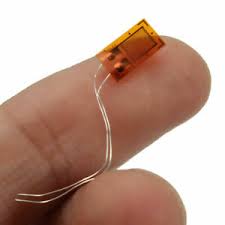
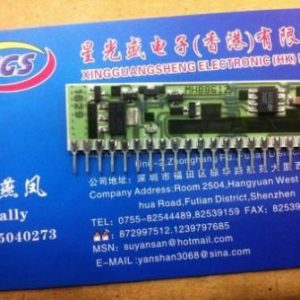
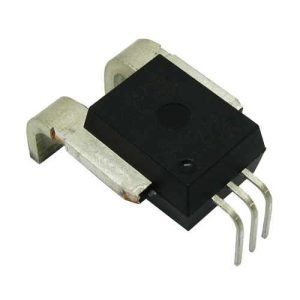
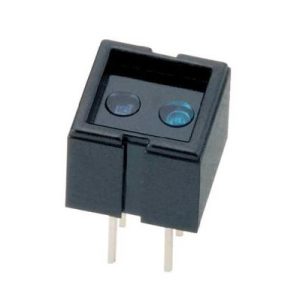

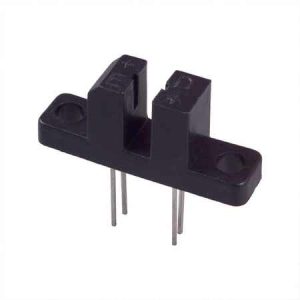
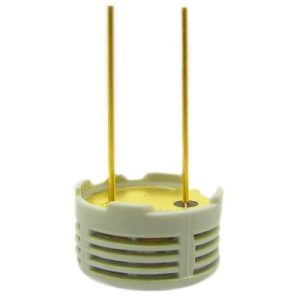
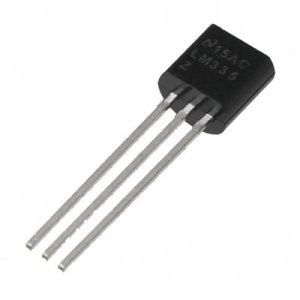
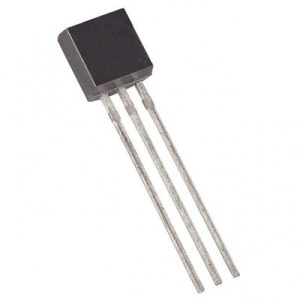
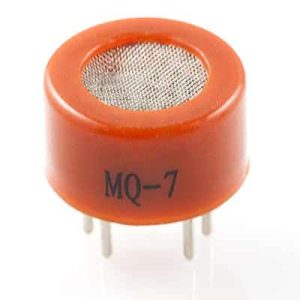
دیدگاهها
هیچ دیدگاهی برای این محصول نوشته نشده است.